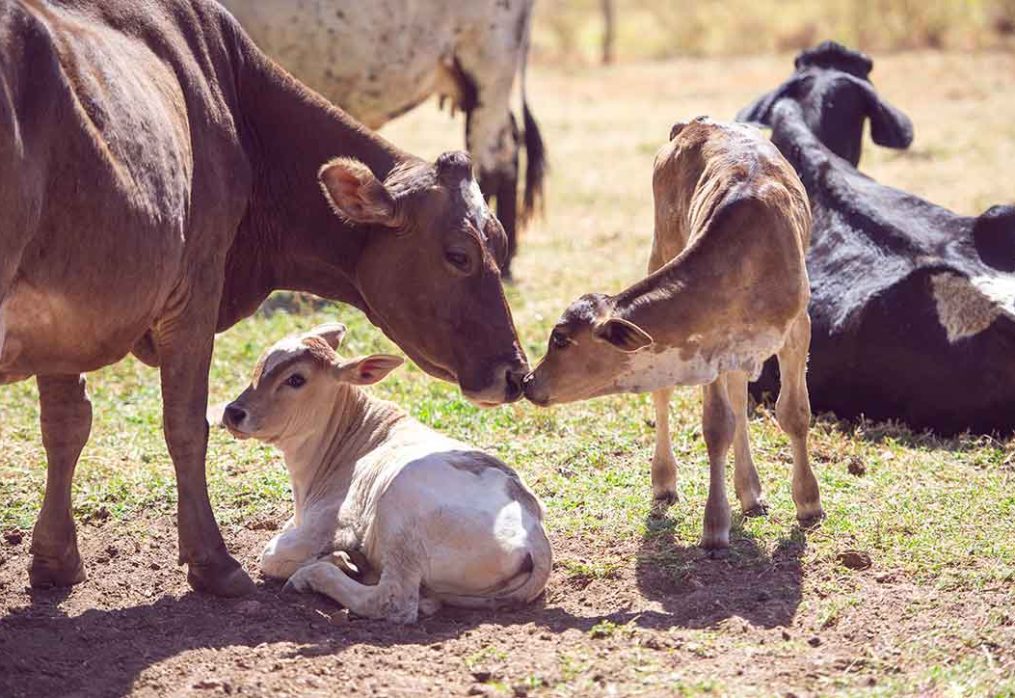Making the Most of Your Silage: Tips for Feeding and Incorporating Into Your Cattle’s Diet
Dairy farming in Kenya is a major contributor to the country’s economy, with many farmers relying on it as a source of income. To ensure profitability and productivity in dairy farming, it is important to pay attention to the quality and quantity of the feeds given to the animals. Silage is a common feed for dairy cattle in Kenya, and it is essential for farmers to know how to properly feed and incorporate it into their cattle’s diet.
Silage is a type of fermented feed that is made by preserving crops such as maize, sorghum, and grass in an anaerobic environment. This process allows the crops to ferment and create a nutritious and palatable feed for the animals. Silage is a great source of energy, protein, and fiber, and it is an excellent way to ensure that your cattle have access to high-quality feed throughout the year, even during times of scarcity.
However, to get the most out of your silage, you need to know how to properly feed and incorporate it into your cattle’s diet. Here are some tips to help you make the most of your silage:
- Introduce Silage Gradually; When introducing silage to your cattle, it is important to do so gradually. This will allow the animals to adjust to the new feed and prevent any digestive upsets. Start by introducing small amounts of silage and gradually increase the amount over a period of a few days. This will allow the animals to adjust to the new feed without causing any stress or discomfort.
- Balance Your Cattle’s Diet; Silage is a great source of energy, but it is important to balance your cattle’s diet with other nutrients such as protein, minerals, and vitamins. To ensure a balanced diet, you can supplement your silage with other feeds such as hay, grains, and protein supplements. You can also provide mineral supplements to ensure that your cattle are getting all the necessary minerals and vitamins.
- Ensure Proper Storage; To ensure that your silage maintains its quality and nutritional value, it is important to store it properly. Silage should be stored in airtight containers or silos to prevent air from getting in and spoiling the feed. Make sure that your silage is properly compacted to remove as much air as possible, and cover it with a plastic sheet to prevent moisture from getting in. This will help ensure that your silage stays fresh and nutritious for a longer period.
- Monitor Your Cattle’s Health; When feeding your cattle silage, it is important to monitor their health and well-being. Silage that is not properly fermented or stored can cause digestive upsets or other health problems. Make sure to monitor your cattle for signs of illness, and consult with a veterinarian if you notice any problems. It is also important to ensure that your cattle have access to clean water at all times, as this will help them digest their feed properly.
Silage is an excellent source of feed for dairy cattle in Kenya, and it is important for farmers to know how to properly feed and incorporate it into their cattle’s diet. By introducing it gradually, balancing your cattle’s diet, ensuring proper storage, and monitoring your cattle’s health, you can make the most of your silage and ensure the productivity and profitability of your dairy farm.
